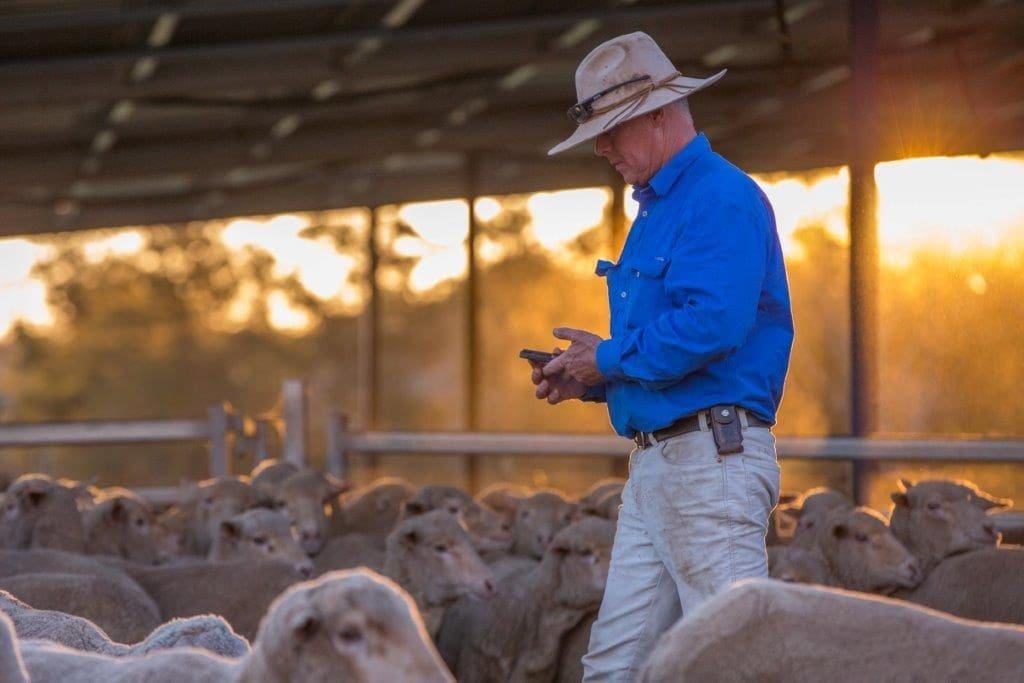Latest listings on our Jobs Central recruitment page:
- Stationhand – NSW – Crown State Pastoral
- Head Stockperson – Davenport Downs – Paraway
- Manager – Liveringa Station – via Agile Executive
- Skilled Meat Workers + Knife Hands – Harvey Beef
- Assessment Officers – QRIDA – via Rimfire Resources
- Financial Controller + Company Secretary – via Taylor Executive
- General Farm Hand/Machinery Operator – Clunie Range
- Manager – Magowra Station – Western Grazing
- Boners, slicers, butchers – JBS Dinmore
- Station Hand – NW Queensland – Rivers Edge Enterprises
- Assist. Property Manager – Cunningham Cattle Co.
- Assist Manager – Allawah Brahman Stud – CPC
Click here to access these and other exciting meat and livestock supply chain positions currently listed on Jobs Central.

THE lack of skilled agricultural graduates could pose a serious threat to Australia’s agricultural economy, according to an occasional paper published by the Australian Farm Institute.
The Australian Council of Deans of Agriculture’s Professor Jim Pratley and Rimfire Resources’ Nigel Crawley investigated the destinations of graduates from a number of tertiary institutions involved in Rimfire’s GradLink program over the 10-year period from 2004-14.
While noting this was not a random sample, Professor Pratley and Mr Crawley said the study – Graduate Destinations in Agriculture – captured the activities of around one-in-six graduates in agriculture and related studies.
The research found that during the period of study there was a surfeit of jobs available based on the number of advertisements in papers and on the internet, with at least 4000 advertisements in agriculture in each year from 2009-14.
“Over the past decade much has been written about the decline in the availability of agricultural graduates in Australia and elsewhere, due in part to the perceptions that career paths were not attractive and that there were limited employment opportunities,” Professor Pratley said.
“This perception was challenged by data indicating that there were five to six jobs for every graduate, and that the shortfall in the availability was a threat to the sustainability of primary production industries in Australia.”
However, the study noted that although there may be a relative abundance of opportunities for graduates, the linkage between potential employer and potential employee is often not readily made.
“The employer needs to find the right person and the graduate needs to be mentored to gain the appropriate job,” Professor Pratley said.
The study also found that institutions with rural campuses had much higher proportions remain in rural employment.
Rural finance and sales were the most common employment categories.
Around 10 per cent went back to farm production and 9pc left the sector. Both genders were employed in all sectors and no gender bias was identified.
From 2004-14, about half the study participants (52pc) were employed in rural locations, and 37pc in metropolitan locations.
A small fraction (2pc) had gone overseas and around 9pc had left the agricultural sector for work.
Conclusions:
- During the period of study there was a surfeit of jobs available for agricultural graduates.
- Around half the graduates gain employment in rural areas, about one-third in the cities and about 10pc leave the sector.
- There was considerable variation between institutions however, with rural campuses having a strong bias towards rural employment and metropolitan institutions producing graduates more likely to have metropolitan-based employment.
- There was little difference between genders with females slightly more likely to be employed in the country than were males.
- Rural financing and retail/merchandising were the main employment sectors. Farm production captured around 10pc of graduates while government departments and universities combined to attract around 16pc. There was a noticeable difference between institutions in terms of industry employment.
- Technical and sales were the two main types of employment reflecting the sectors previously described. Operations and analysis were also important job types relating particularly to the finance sector. Variation occurred between institutions.
- No gender bias is evident in employment of agriculture and related graduates as males and females were employed in all categories.
- Males were more likely than females to be employed in finance and trading areas and to go farming.
- Women were more likely to be employed than men in animal industries.
See full paper: http://farminstitute.org.au/publications/occasional-papers.html
Source: Australian Farm Institute



HAVE YOUR SAY